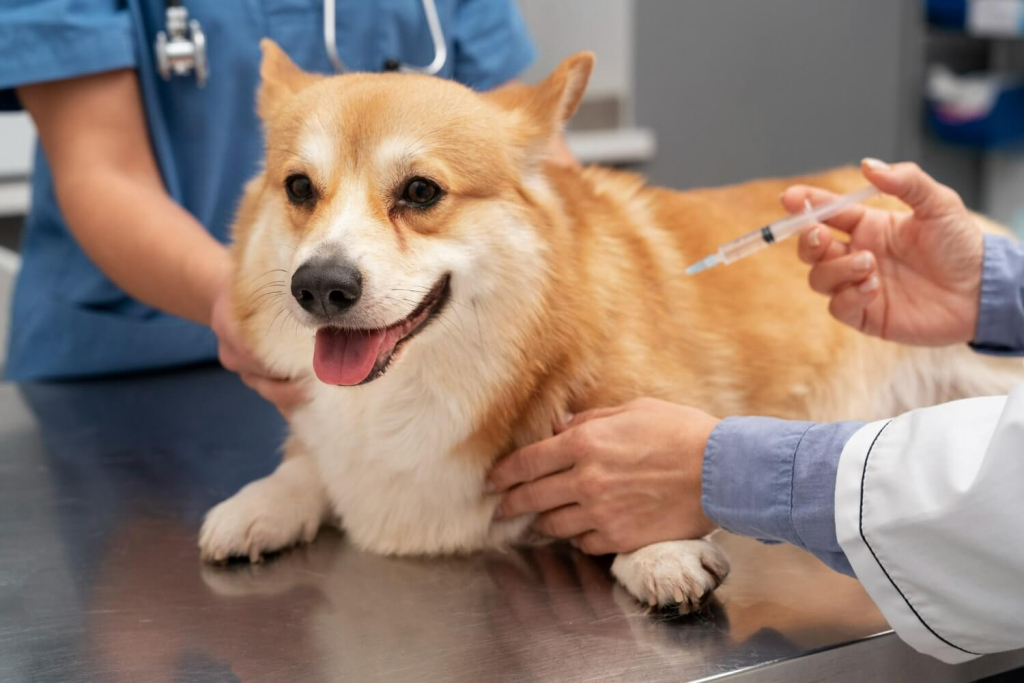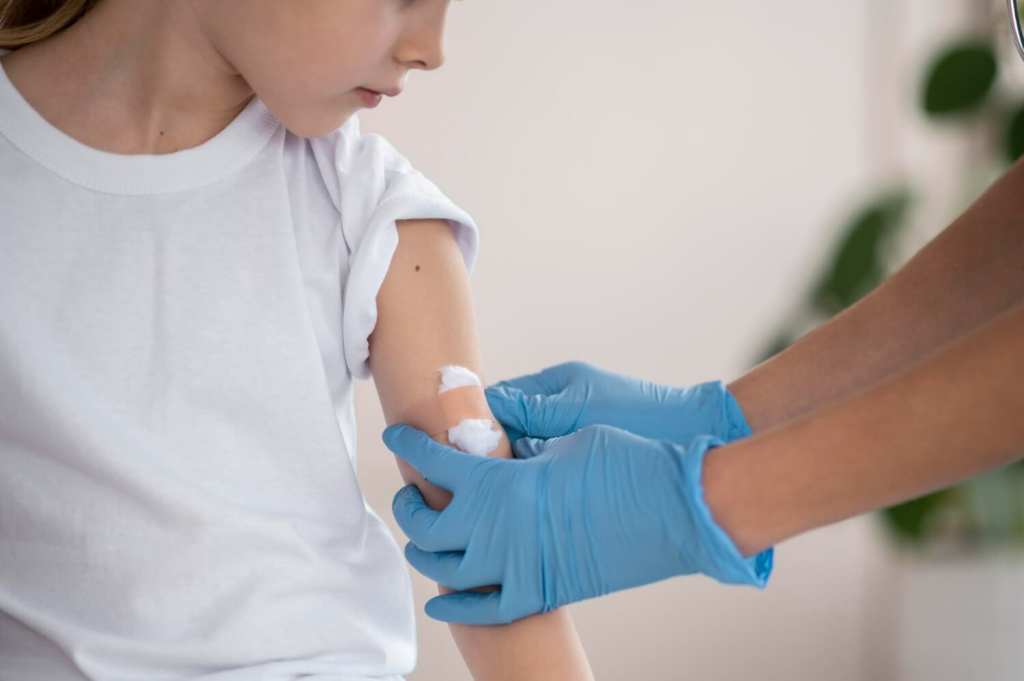
A Public Heath Problem in the Philippines
Rabies continues to be a serious public health problem in the Philippines. According to the Department of Health (DOH), rabies remains one of the top causes of human deaths from animal bites, with hundreds of fatalities reported annually.
Yet experts from the World Health Organization (WHO) emphasize that rabies is completely preventable with proper vaccination, timely treatment, and coordinated disease control efforts. Families can take practical steps at home and in their communities to keep both pets and children safe.
This guide offers tips on how to prevent rabies, particularly in the Philippine, where stray animals are widespread, and access to treatment can be delayed in rural areas.
Tip 1: How to Prevent Rabies Through Responsible Pet Care
Understanding the importance of the Anti-Rabies Act
The most effective way to prevent rabies begins at home with responsible pet ownership. Under the Anti-Rabies Act of 2007 (Republic Act 9482), every pet dog in the Philippines must receive yearly rabies vaccinations.
From dogs, cats, and even ferrets should all be covered, since these domestic animals are capable of transmitting the rabies virus to humans.
Rabies prevention in pets and humans
A rabies vaccine not only protects your pet but also reduces potential rabies exposure to your family and neighbors. According to the CDC, vaccinating domestic animals is one of the most effective measures for rabies prevention in humans.
It is equally important to keep smaller pets like guinea pigs or rabbits safe, as they may be harmed if bitten by stray animals. While such animals rarely transmit rabies themselves, they can become victims of infected animal attacks. Ensuring proper enclosures and supervision prevents unnecessary risks.
Tip 2: Stay Alert to Exposure to Rabies in Your Community
In the Philippines, stray animals—particularly dogs—are the primary carriers of rabies. Since rabies affects all warm-blooded animals, families should be cautious not only around dogs and cats but also around farm animals that may have been exposed.

Rabies even in farm animals
Farm animals such as carabaos or goats can also transmit rabies if bitten by a rabid animal. Bats, which are common in rural and forested areas, are another source of potential rabies exposure. Internationally, skunks, foxes, and bats are well-known carriers.
Families should avoid wild animals and keep children from approaching stray animals or any sick or dead animals. A dead bat in your yard, for instance, should never be handled.
The DOH advises reporting such cases to barangay officials or to animal control units. By limiting contact with wild animals and suspected rabid animal cases, households significantly reduce their risk of rabies.
Tip 3: Immediate Response After an Animal Bite
Wash the bite wound immediately
An animal bite requires quick and decisive action. According to both the DOH and WHO, the first step is to wash the wound thoroughly with soap and running water for at least 15 minutes. This helps flush out the rabies virus before it reaches the body’s tissues. Care must also be taken with mucous membranes if saliva from a rabid animal touches the eyes, mouth, or nose.
Report the incident in an Animal Bite Treatment Center
After first aid, seek medical help as soon as possible. Do not rely on traditional remedies, as they cannot prevent rabies. Report the case immediately to your barangay health worker or directly to an Animal Bite Treatment Center (ABTC), which are established nationwide by the health department for free or subsidized treatment.
Get the necessary rabies vaccine
Even minor scratches from a dog or cat should prompt families to seek medical attention, since small wounds can still transmit the rabies virus.
Tip 4: Recognize the Early Signs of Human Rabies
Once symptoms of rabies appear, survival is extremely rare. According to the DOH, rabies symptoms in humans usually begin with fever, headache, and tingling near the bite site, eventually progressing to agitation, hallucinations, and paralysis of the central nervous system. These signs reflect the rabies virus invading nerve cells and the brain.

This stage of human rabies is almost always fatal. That is why early treatment is critical. Rabies is completely preventable if patients receive medical care before rabies symptoms appear. Families must remain alert after any exposure to rabies and prioritize immediate treatment over waiting for signs of illness.
Tip 5: Seek Medical Care from a Healthcare Provider
Families in remote provinces are encouraged to build a relationship with a reliable health care provider who can give guidance even before emergencies arise. The DOH, in partnership with the Department of Public Health at the local level, runs ABTCs nationwide to provide post-exposure prophylaxis (PEP). PEP involves both the rabies vaccine and, when necessary, human rabies immune globulin (HRIG).
The WHO stresses that the first dose of vaccine must be administered as soon as possible after exposure to rabies. Depending on the bite severity and exposure type, additional doses are scheduled in the following weeks.
HRIG is given for severe exposures, especially when a rabid animal bite involves an open wound or mucous membranes. In severe bite cases, doctors may recommend both the rabies vaccine and rabies immunoglobulin to provide immediate antibodies while the body builds its own defense.
Consulting a licensed healthcare provider ensures the right treatment is followed for the person exposed to rabies. Delays in medical help increase the risk of rabies infection, especially in higher risk rural areas where rabid animal encounters are more common.
Tip 6: Manage Possible Rabies Encounters Safely
Not all rabies threats come from visible bites. Direct contact with a rabid animal, such as saliva entering an open wound, can also result in exposure to rabies. According to WHO, even a scratch from such animals should be treated seriously.
In developing countries like the Philippines, rural households may struggle with access to immediate medical care, making them more vulnerable. If you suspect possible rabies exposure, contact your health provider or the nearest health department unit without delay. Early treatment with post-exposure prophylaxis can prevent rabies infection completely.

Tip 7: Strengthen Home and Community Safety Against Rabies
Communities play an important role in disease control. If you notice a sudden increase in stray dogs or an aggressive pet in your barangay, it is best to contact animal control immediately to prevent further risk to the community.
Residents should also support animal control efforts to reduce the number of stray animals. Fenced yards and clean surroundings discourage stray dogs from entering, while discouraging children from direct contact with strays lowers potential rabies exposure.
Families living in planned communities like Camella Homes benefit from safe, gated spaces and pet-friendly areas where children and domestic animals can play without frequent encounters with stray or sick animals. These built-in safeguards contribute to community-level rabies prevention.
Tip 8: Educate Your Family About Rabies Prevention
Knowledge is as important as medical care. Children should be taught never to touch stray animals, avoid wild animals, and immediately report any animal bite. Parents must emphasize the importance of telling an adult if they see a suspected rabid animal, whether it is a stray dog or cat, or even a sick or dead bat.
Schools and barangays often participate in awareness drives under the DOH’s rabies prevention program, but reinforcing these lessons at home is crucial. Remind family members that humans can only get rabies through exposure to rabies via infected animal bites, scratches, or saliva entering open wounds. Proper education reduces panic and ensures timely medical help when needed.
Conclusion: Rabies Is Preventable with Early Action
Rabies remains a deadly disease in the Philippines, but it is one that can be completely preventable through responsible pet care, vigilance in communities, and early treatment after exposure to rabies.
By ensuring regular rabies vaccinations for pets, avoiding risky contact with wild or stray animals, washing wounds thoroughly after an animal bite, and seeking immediate medical help, families can save lives.
With coordinated action from households, healthcare providers, animal control, and the health department, the goal of a rabies-free Philippines becomes achievable.

Celebrate Life’s Milestones in Camella!
Make unforgettable memories in a Camella home.
Our communities are designed to elevate your living experience.


